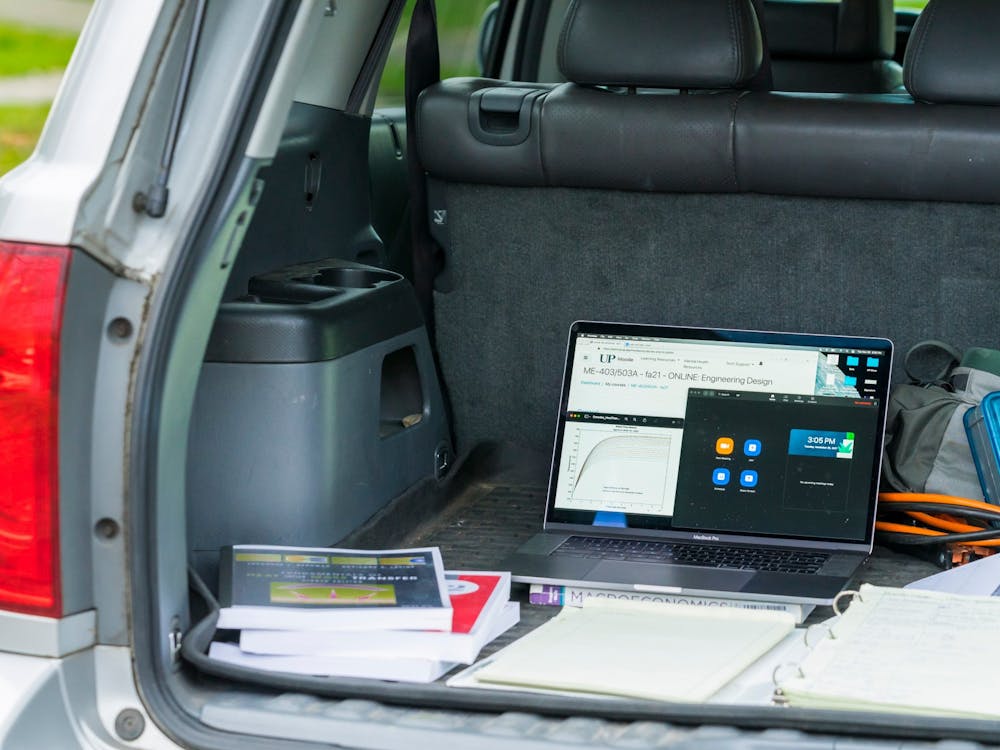By Kirk Mustain
To address some of the issues brought up in last week's Beacon I thought I would start with a phrase I have heard my whole adult life: There is no free lunch.
Yet, some on campus believe they may be entitled to just that.The "eye for an eye" mantra that was quoted last week in regards to theft leaves me speechless.
When I go to the supermarket or a restaurant and I see something costs more than I think it should, I make a decision not to buy that item. Or I order something less expensive on the menu. Theft costs everybody more. And why is it ok to steal here on campus? Would you do the same at Fred Meyers if you thought it was too expensive?
Theft issues aside, the main issue is pricing and consumer choices. So let's start with pricing. In fact, price spikes are steeper than the U.S. Federal Reserve would have us believe. When you hear that the core consumer price index (CPI) is up only 1.6 percent from last summer, you must remember this: that number does not include costs for food or fuel.
Prices continue to rise across the menu
Even after a minor drop in commodities this month, seven of the eight Standard & Poor's GSCI Agriculture Indices are higher than a year ago. As adverse weather continues to damage crops, rising demand erodes inventories and a weak dollar boosts demand for U.S. exports: Corn futures are up over 100 percent; wheat gained 67 percent; orange juice up 56 percent; raw sugar advanced 44 percent; rice jumped 35 percent; pork at all-time highs; liquid eggs gained 11 percent this quarter; disposables up 8 percent.
This is just the raw ingredients - and yes you can buy bananas at Fred Meyers for 89 cents per pound. These are called loss leaders. There is a reason they are the first thing you see when you walk into the grocery store. The large apples are next and they run $1.98 per pound. Followed by tomatoes at $2.98 per pound. The hope is that you got such a great deal on the first that you don't mind spending a little more on the next two. The volume at a supermarket is 70 times what ours is and that's at one store.
Consumer choices
Beverages are the number one seller in our operations here. Over a five week period this fall over 33,000 drinks that I would classify as treats were purchased.Items in that category would be mochas, lattes, Gatorade, energy drinks, artisan sodas and the like.
I do think that consumers drive the menu choices here and when you go to The Cove at any time of the day you will find a line that is 10 to 12 deep for chicken wraps. In fact over the same five week period over 8,700 wraps were sold. If they were not selling or there wasn't a demand we would be rethinking that station.The wrap prices went up as the ingredients to make them went up. We look at all of the items we sell and with the limited space and high volume we cannot afford to have items or stations that don't move.
Meal plans
Fifty percent of all students have chosen the smallest meal plan available. This meal plan is meant to be seven meals a week or one a day. To think that you could eat three meals a day on this plan is not realistic.
Twenty-seven percent of students chose the next meal plan. So we have over 75 percent of campus on the two smallest meal plans.
We all have to live on budgets these days. Part of the experience is making choices and living within your means. I think about every purchase I make when I go grocery shopping for my family.
So the next time you order that double shot large white chocolate mocha for $5.25 you could have got a salad instead.







